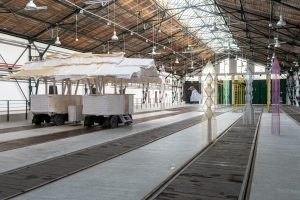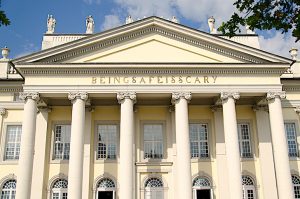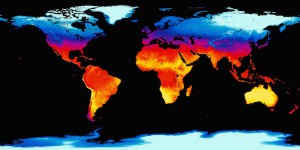by Henrietta Landells
In this bubbling forth of a kind of collective unconscious, Venice seemed renewed to me as a potent setting for the Biennale ritual gathering. Both the new commissions (alchemy on demand?) and the rediscovery of already-existing webs of knowledge and practice perhaps more easily take on a kind of ‘global’ existential resonance, when re-contextualised and re-purposed here. At the least, they suggest new alternative futures remain available, via these alternative pasts-within-the-present.
Read More










